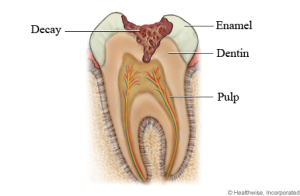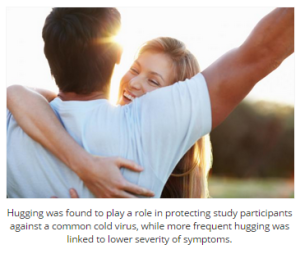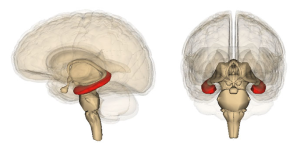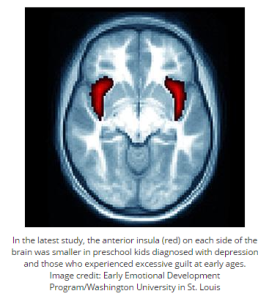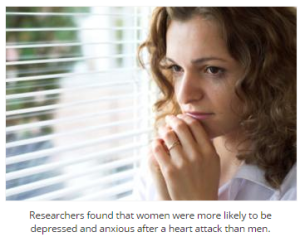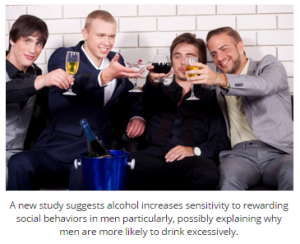
Imagine hurtling through space at over 17,000 miles per hour in a space shuttle, the Earth shimmering below you. Would you be able to sleep? According to a new study in The Lancet Neurology, astronauts themselves find it difficult, as they suffer significant sleep deficiency in the weeks just prior to and during spaceflight.
According to the team – from Brigham and Women’s Hospital, Harvard Medical School in Boston, MA, and the University of Colorado in Boulder – both Neil Armstrong and Buzz Aldrin were either unable to sleep or only got “a couple of hours of mentally fitful drowsing” during their 1969 moon landing expedition.
Unable to escape from the light and noise in the small spacecraft, the astronauts said the cooling system of their spacesuits also made it too cold to sleep.
Though technology has improved by leaps and bounds since then, today’s astronauts are still not getting adequate sleep. This latest research is the most extensive study of spaceflight sleep ever conducted, and it includes objective evaluations of sleep – using an actigraph worn on the astronauts’ wrists to record sleep/wake cycles – and subjective evaluations, which came from daily diaries.
An astronaut’s day is heavily planned, from what they eat, to how much they exercise, to how they spend their free time. The National Aeronautics and Space Administration (NASA) schedule 8.5 hours of sleep per night for crew members in spaceflight, but the study reveals that the average duration of sleep was 5.96 hours on shuttle missions and 6.09 hours on International Space Station (ISS) missions.
Because the sun rises and sets every 90 minutes in a spaceflight environment, getting adequate sleep can be quite difficult, the researchers say.
Use of sleeping pills in space cause for concern
To obtain their data, the research team studied sleep patterns of 64 astronauts on 80 shuttle missions and 21 astronauts on ISS missions before, during and after spaceflight. Overall, they recorded more than 4,000 nights of sleep on Earth and over 4,200 in space.
The results show that the astronauts from shuttle missions attained 7 hours or more of sleep 42% of the time while they were sleeping at home after the missions, and those from ISS missions slept over 7 hours 50% of the time. However, when they were on missions in space, they only attained this level of sleep 12% and 24% of the time, respectively.
Additionally, their sleep deficiency began at least 3 months before they went into space, as the researchers found they averaged less than 6.5 hours of sleep per night during training, which is 30 minutes less per night than the average adult in the US.
Commenting on their findings, study author Dr. Laura K. Barger, from Brigham and Women’s Hospital, says:
“Sleep deficiency is pervasive among crewmembers. It’s clear that more effective measures are needed to promote adequate sleep in crewmembers, both during training and spaceflight, as sleep deficiency has been associated with performance decrements in numerous laboratory and field-based studies.”
Other findings from the study reveal that many astronauts used sleeping medications – such as zolpidem and zaleplon – while in space. At some point during their time on the ISS space station, 75% of crewmembers used the medications, while 78% of shuttle-mission crew members did.
What is more, during their shuttle missions, the astronauts used sleep medication on more than half of the nights in space.
Dr. Barger notes that use of such medications could mean that the “ability for a crewmember to optimally perform if awakened from sleep by an emergency alarm may be jeopardized.” She adds that regular use of such pharmaceuticals in space is a concern, “given that the FDA (Food and Drug Administration) warning that patients using sleeping pills should be cautioned against engaging in hazardous occupations requiring complete mental alertness or motor co-ordination.”
Alarmingly, the researchers found that on four of the shuttle missions – in which all crewmembers participated in the study – all astronauts reported taking sleeping medications on the same night 6% of the time.
‘Effective countermeasures to promote sleep in space are needed’
Although the ISS is now equipped with special quiet, dark “sleep stations,” astronauts are still continuing to experience sleep disturbances, which has led some scientists to believe that microgravity may be the culprit.
“Future exploration spaceflight missions to the moon, Mars, or beyond will require more effective countermeasures to optimize human performance by promoting sleep during spaceflight,” says co-author Dr. Charles Czeisler, of Brigham and Women’s Hospital.
“These may include modifications to schedules, strategically timed exposure to specific wavelengths of light, and behavioral strategies to ensure adequate sleep, which is essential for maintaining health, performance and safety,” he adds.
Though this is the most comprehensive study on the topic to date, it does have a few limitations. For one, it was “limited by the constraints of operational research,” the researchers say. Because actigraphy does not measure sleep stages directly, the team was not able to identify differences in sleep linked to sleeping medications.
They also used sleep duration upon the astronauts’ arrival to Earth as a comparison, but the team says this could be affected by their sleep deficiency during their time in space.
Additionally, because the study was observational, the researchers were not able to record “objective measures of cognitive or operational performance or errors.” As such, they say they can only conclude from research of other operational situations how chronic sleep deficiency and sleeping medications might interfere with the safety and success of a mission.
Still, the team’s findings are revelatory about the sleeping patterns of astronauts while in space, and they conclude by suggesting implementation of countermeasures to promote in-flight sleep.
Written by Marie Ellis
http://www.medicalnewstoday.com/articles/280818.php
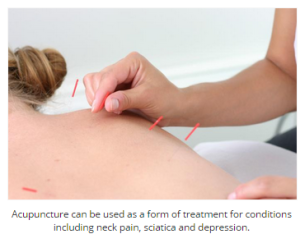 According to new research, people being treated for lower back pain with acupuncture are likely to gain less benefit from the treatment if they have low expectations of how effective it is.
According to new research, people being treated for lower back pain with acupuncture are likely to gain less benefit from the treatment if they have low expectations of how effective it is. According to new research, people being treated for lower back pain with acupuncture are likely to gain less benefit from the treatment if they have low expectations of how effective it is.
According to new research, people being treated for lower back pain with acupuncture are likely to gain less benefit from the treatment if they have low expectations of how effective it is.
